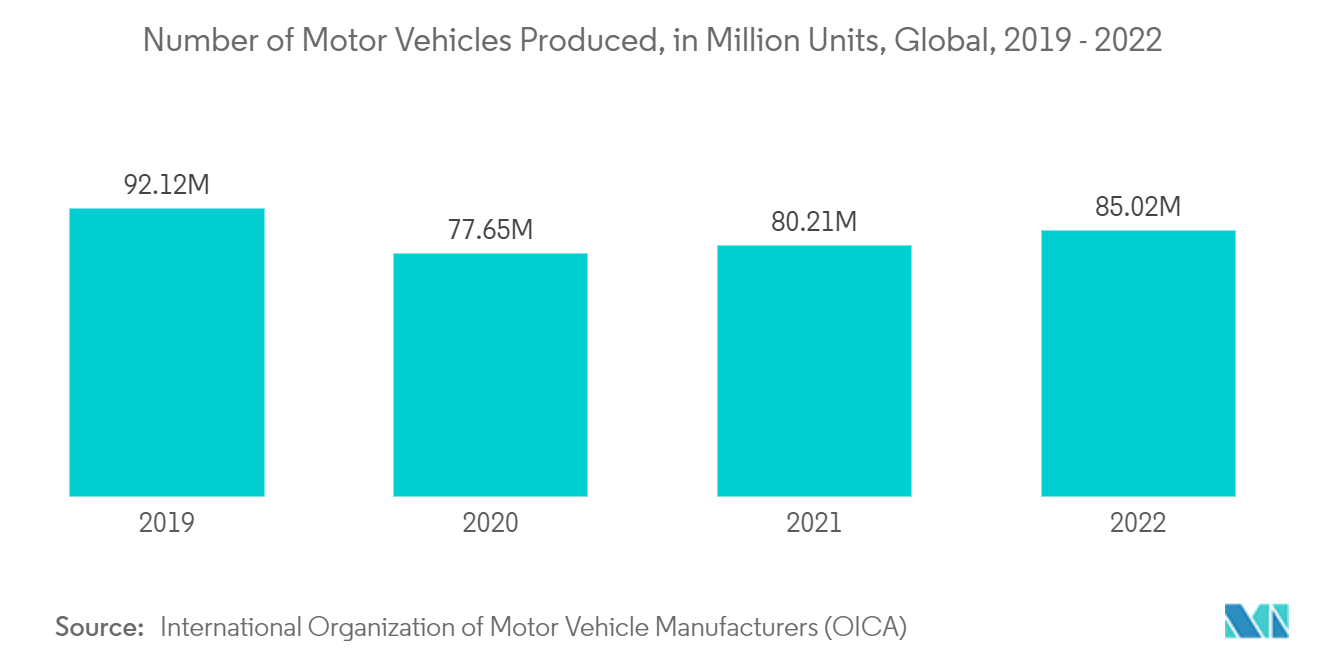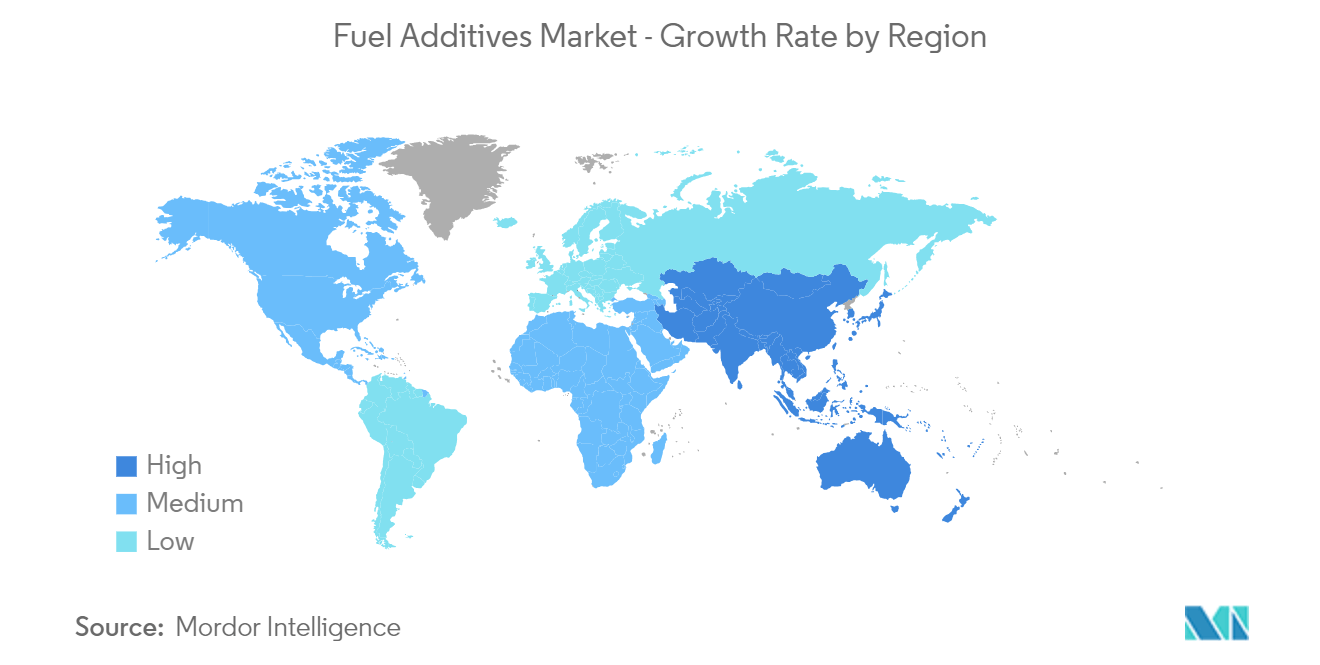Market Trends of Fuel Additives Industry
Gasoline to Dominate the Market Studied
- Gasoline is the primary product made from petroleum. The major portion of the gasoline used in automotive and aviation is cracked gasoline obtained through the thermal or catalytic cracking of the heavier oil fractions.
- Gasoline additives that increase octane number are also considered antiknock additives as they can increase the antiknock capability of the fuel. The additives in this category mainly include ethers, alcohols, esters, organometallic compounds, and others.
- For light-duty vehicles, gasoline engines play the role of major power source. Gasoline additives include hybrid compound blends, oxygenates, antioxidants, antiknock agents, lead scavengers, and fuel dyes, among others.
- According to the US Energy Information Administration, in August 2023, the total gasoline production in the United States increased to 290 thousand barrels from 130 thousand barrels reported in the previous month.
- Three main grades of gasoline are sold at retail gasoline refueling stations: Regular, Midgrade, and Premium. In 2022, about 134.55 billion gallons of finished motor gasoline were consumed in the United States, an average of about 369 million gallons per day (or about 8.78 million barrels per day).
- As per the US Energy Information Administration, in 2022, the global production of oil and other petroleum liquids averaged 100.1 million barrels per day (b/d) and is expected to rise to 101.8 million barrels per day in 2023.
- The top five oil-producing nations in 2022 were the United States, Saudi Arabia, Russia, Canada, and China. The United States topped the list with a production of 18,875,000 barrels per day (bpd). Saudi Arabia came in second with an output of 10,835,000 BPD and possesses 17% of the total proven petroleum reserves on a global scale.
- Thus, owing to the aforementioned factors, gasoline-related applications of fuel additives are likely to account for the highest market share during the forecast period.

North America to Dominate the Market
- The United States dominated the fuel additive market in the North American region. The United States is one of the fastest-emerging economies and has become one of the biggest production houses in the world today. The country's manufacturing sector is one of the major contributors to the country's economy.
- In the United States, jet/kerosene fuel witnessed a hike in consumption owing to the rising demand in the aviation industry. In 2022, the country consumed 1562 thousand barrels per day, which increased by 13.5% compared to 1376 thousand barrels per day in the previous year.
- Moreover, fuel oil experienced a hike in consumption by 9.2% to 343 thousand barrels per day in 2022 compared to 314 thousand barrels per day in 2021.
- According to OICA, the United States is the second-largest automotive manufacturer after China and produced 10.06 million vehicles in 2022, registering a growth of 10% compared to the production in 2021. The country produced 1.75 million cars and 8.3 million commercial vehicles in 2022.
- In March 2023, new vehicle sales totaled 1,384,676 units, a 19.2% increase from February 2023 and a 9.4% increase from March 2022.
- Further, according to the Automotive Industries Association of Canada, new motor vehicle sales for the months of January 2023, February 2023, and March 2023 are 103,380; 109,781, and 150,956 units, respectively. In April 2023, an estimated 144,069 units were sold in Canada, slightly less than the March 2023 total and a 2.3% increase over April 2022.
- Moreover, the United States has one of the biggest aviation markets in the entire world. More people are transported by US airplanes than by airlines from any other nation, and around half of the top 10 revenue-generating airlines in the world are based in the United States. Further, according to the Federal Aviation Administration (FAA), the general aviation fleet in the United States had expanded to 204,590 aircraft in 2022. Also, the US commercial aviation fleet had roughly 935 of these aircraft as of 2022. This is expected to increase the market demand from multiple applications in the aerospace industry.
- All these factors, in turn, have an impact on the consumption of fuel additives during the forecast period.


